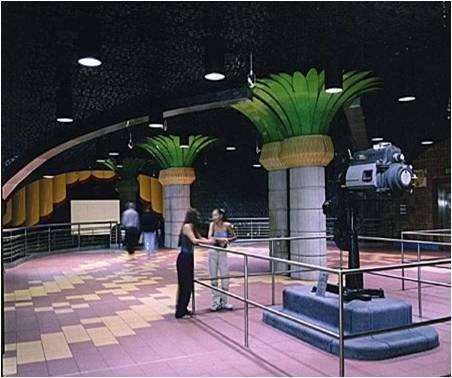From the New York Times...
For Los Angeles, an End to the ‘Free’ Subway Ride - http://www.nytimes.com/2013/05/04/us/end-of-the-free-subway-ride-in-los-angeles.html?pagewanted=1&ref=todayspaper
"This remains a work in progress. Some stations on the system have gates, some do not. Some of the gates are locked, some slip open with a simple push. The whole process has been ensnared in years of delay, reflecting the complex web of underground trains, light-rail trains and buses that form the public transit system here. Its opponents continue to question whether the supposed recovery of lost revenue would cover the $46 million installation cost, plus $103,000 a month in maintenance."
In a related development, Metrolink - the commuter train agency not to be confused with Metrorail's light rail and subways - is making its tickets compatible with the Metrorail TAP fare system for transfers to light rail and subways from Metrolink trains:
Metrolink to provide TAP-enabled tickets - http://www.metrolinktrains.com/howtoride/page/title/tap
"All Metrolink tickets with Los Angeles County destinations will be TAP-compatible, and all riders will be required to physically tap their tickets at the turnstiles and validators when transferring to a Metro Rail line. When boarding a bus, the current policy of simply showing the bus operator your Metrolink ticket will still be in effect. Tapping is not required on buses."


For Los Angeles, an End to the ‘Free’ Subway Ride - http://www.nytimes.com/2013/05/04/us/end-of-the-free-subway-ride-in-los-angeles.html?pagewanted=1&ref=todayspaper
"This remains a work in progress. Some stations on the system have gates, some do not. Some of the gates are locked, some slip open with a simple push. The whole process has been ensnared in years of delay, reflecting the complex web of underground trains, light-rail trains and buses that form the public transit system here. Its opponents continue to question whether the supposed recovery of lost revenue would cover the $46 million installation cost, plus $103,000 a month in maintenance."
In a related development, Metrolink - the commuter train agency not to be confused with Metrorail's light rail and subways - is making its tickets compatible with the Metrorail TAP fare system for transfers to light rail and subways from Metrolink trains:
Metrolink to provide TAP-enabled tickets - http://www.metrolinktrains.com/howtoride/page/title/tap
"All Metrolink tickets with Los Angeles County destinations will be TAP-compatible, and all riders will be required to physically tap their tickets at the turnstiles and validators when transferring to a Metro Rail line. When boarding a bus, the current policy of simply showing the bus operator your Metrolink ticket will still be in effect. Tapping is not required on buses."


Red Line subway station at Hollywood & Vine. No turnstiles in the mezzanine!
Last edited by a moderator:



